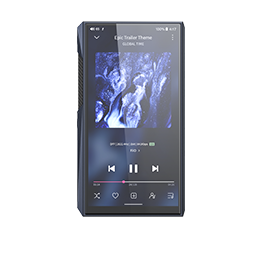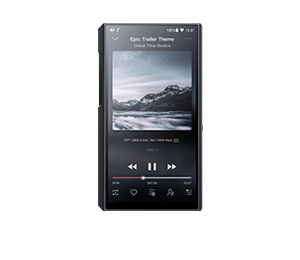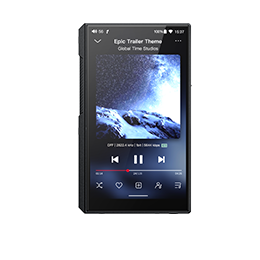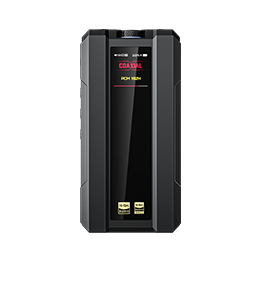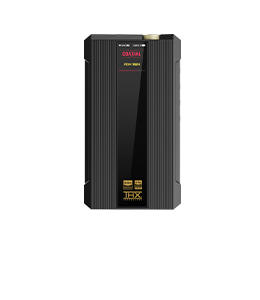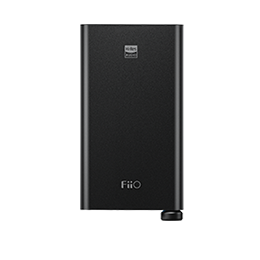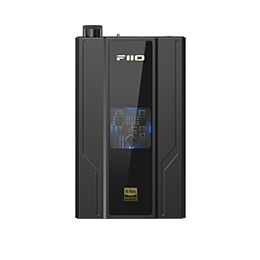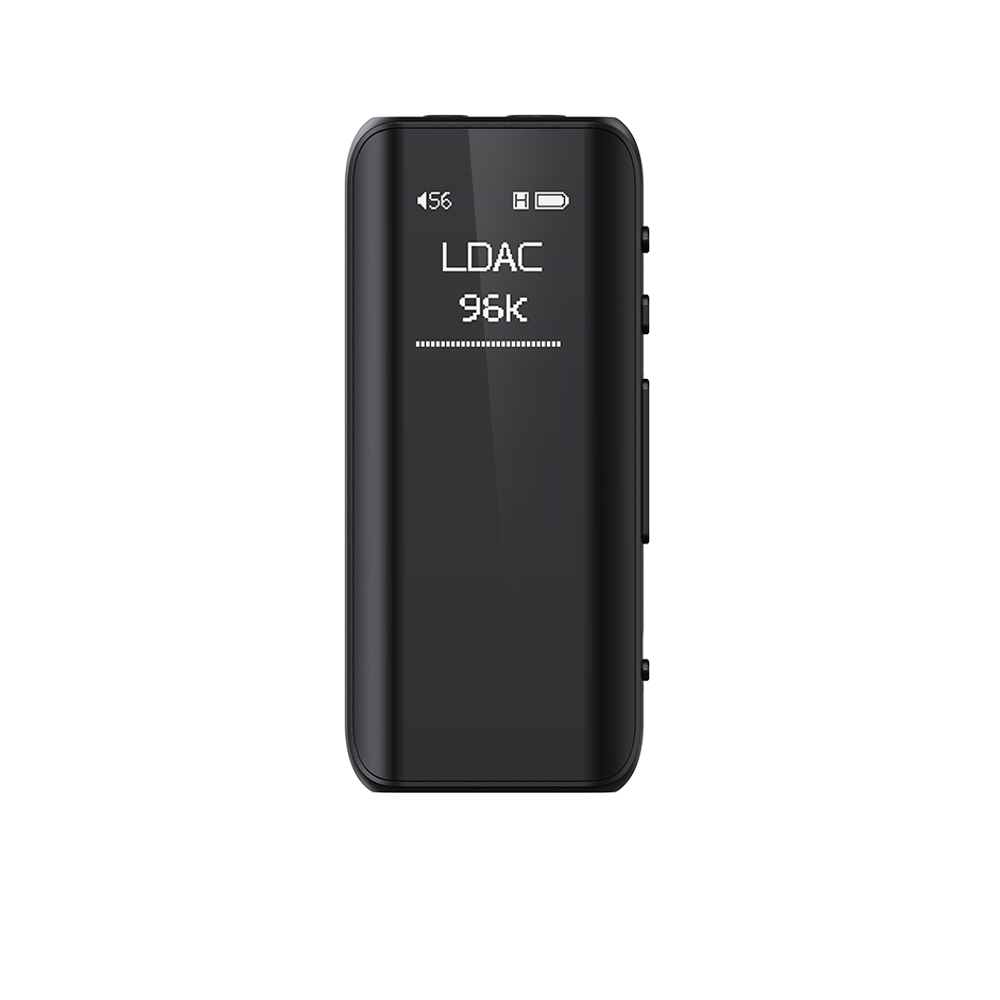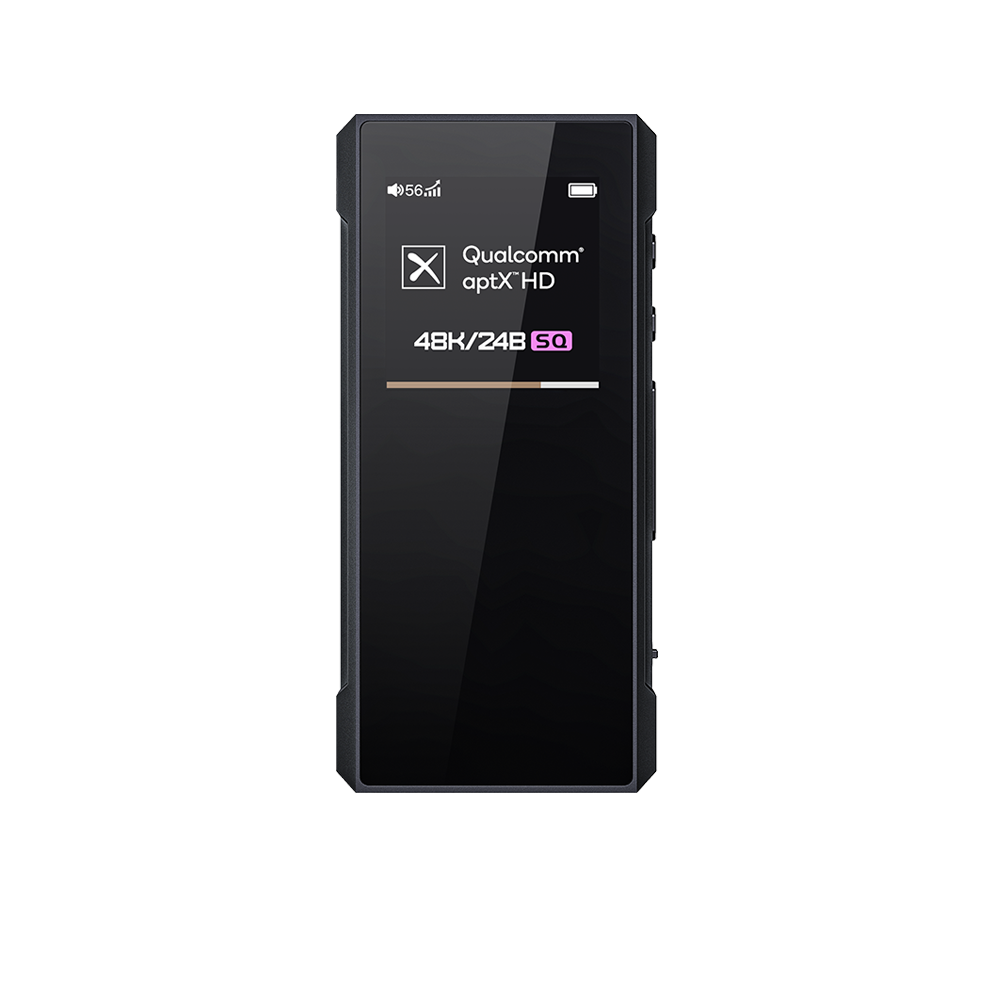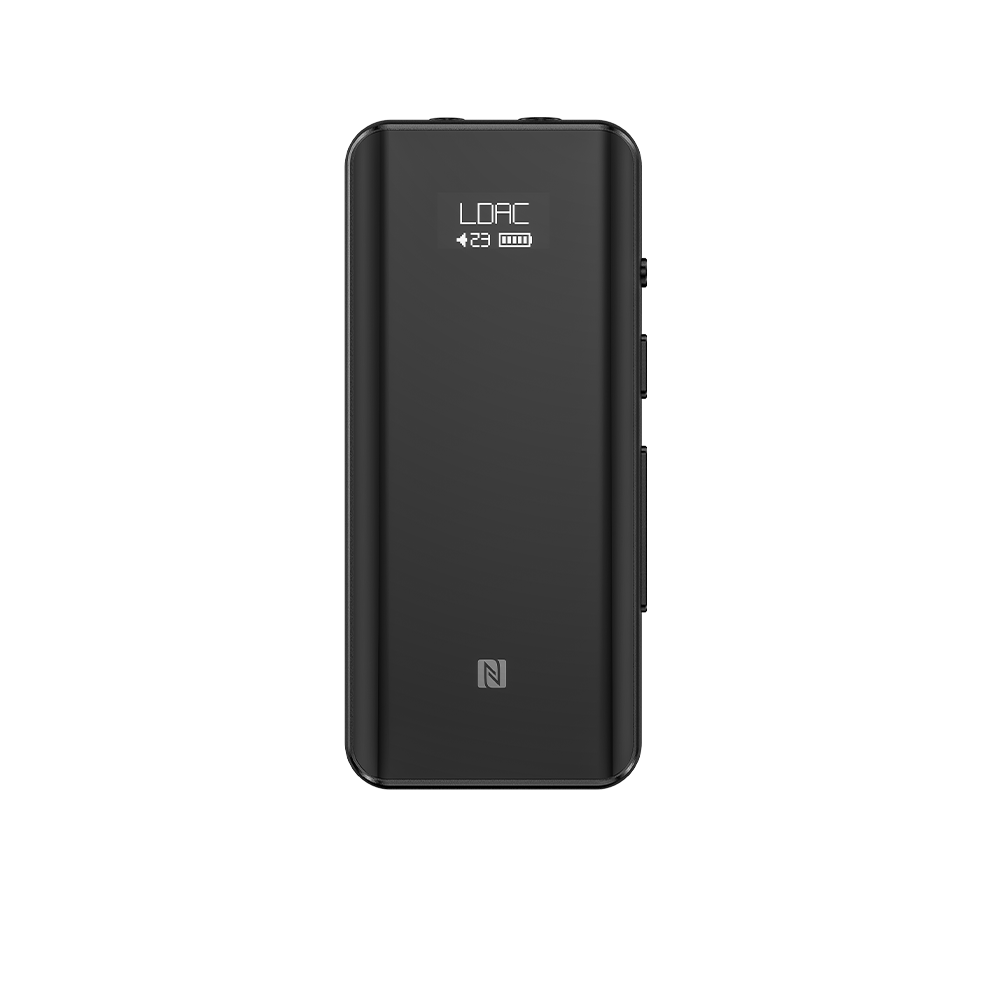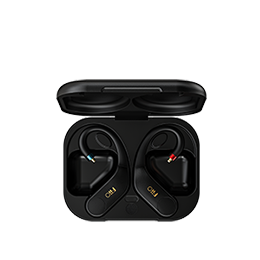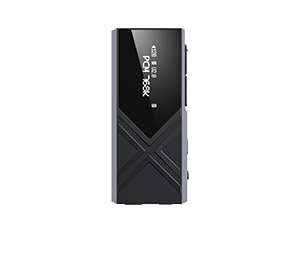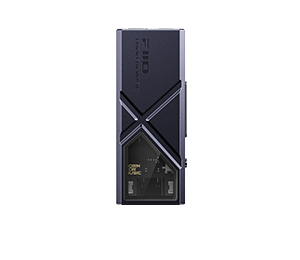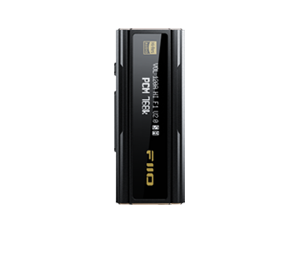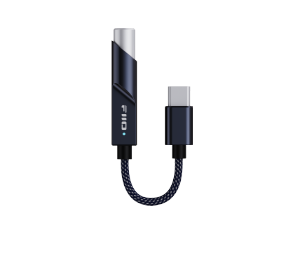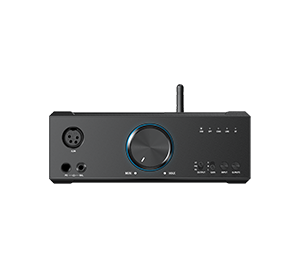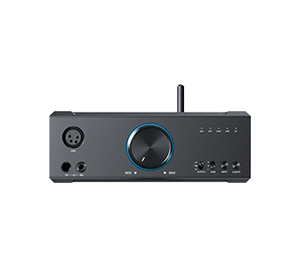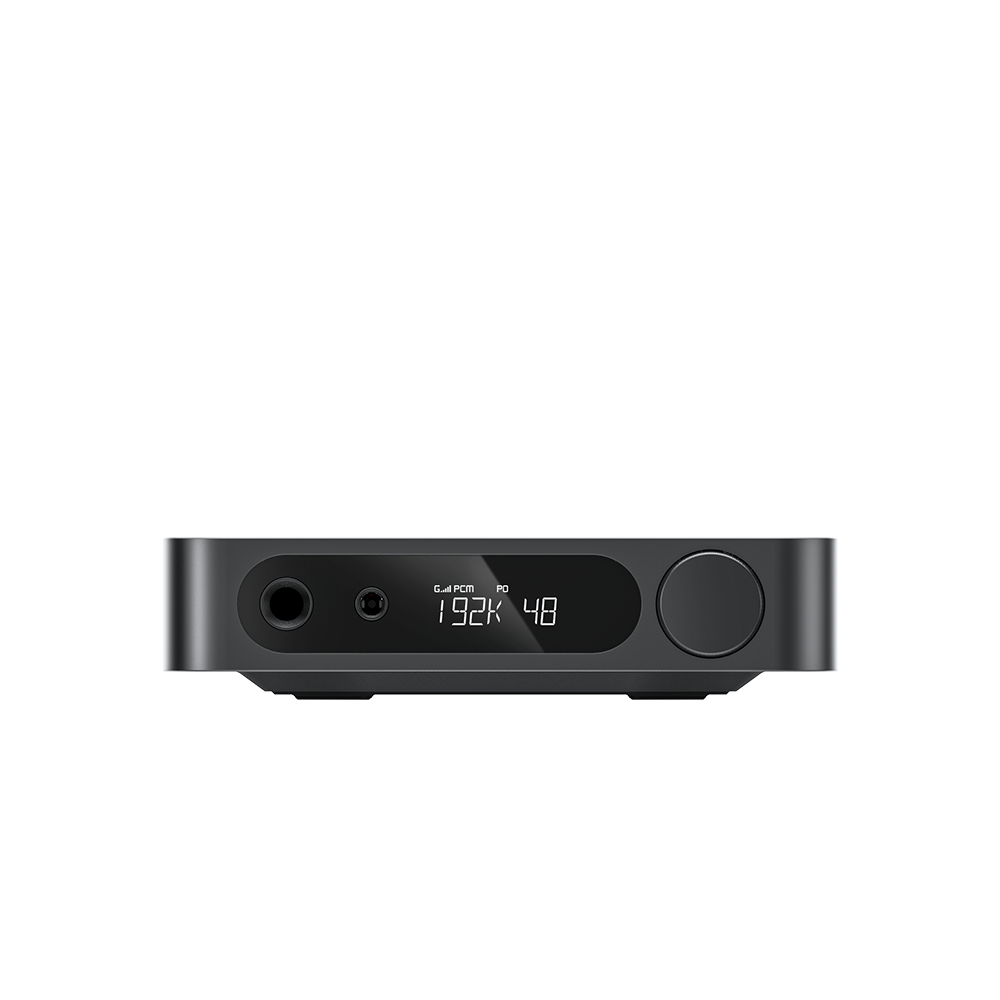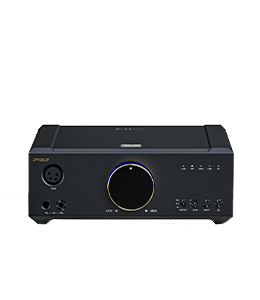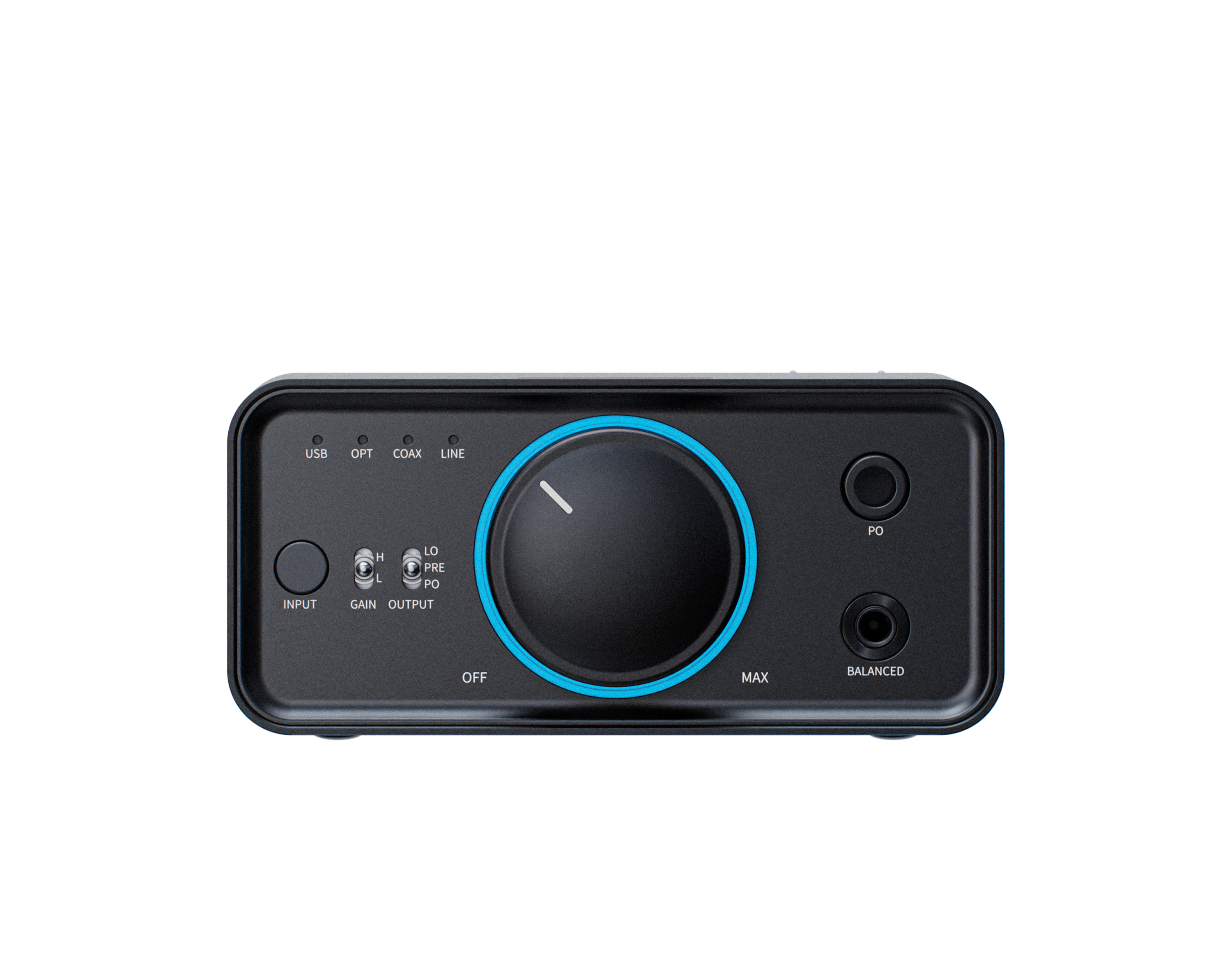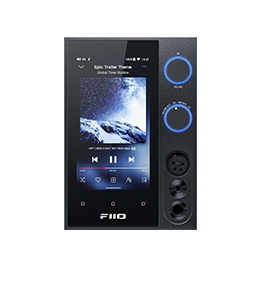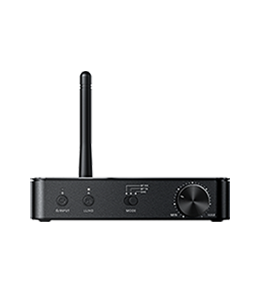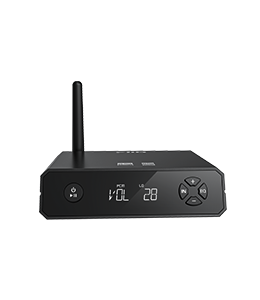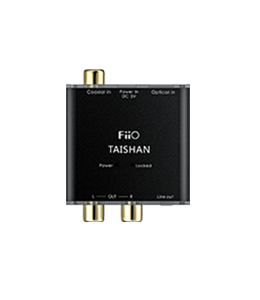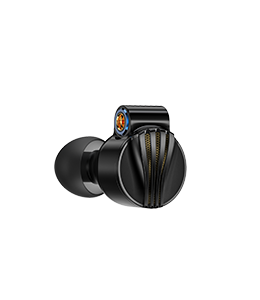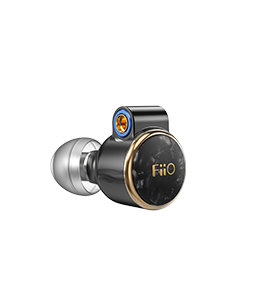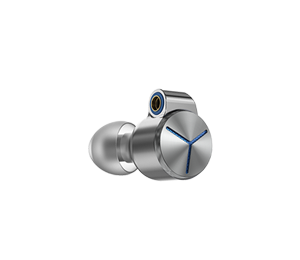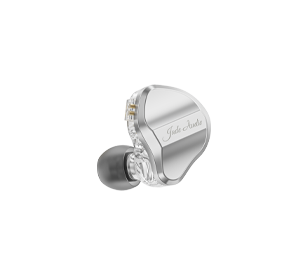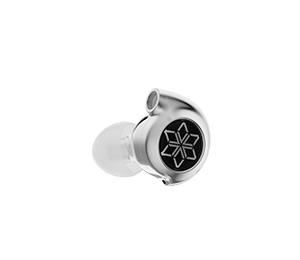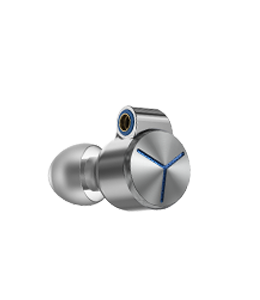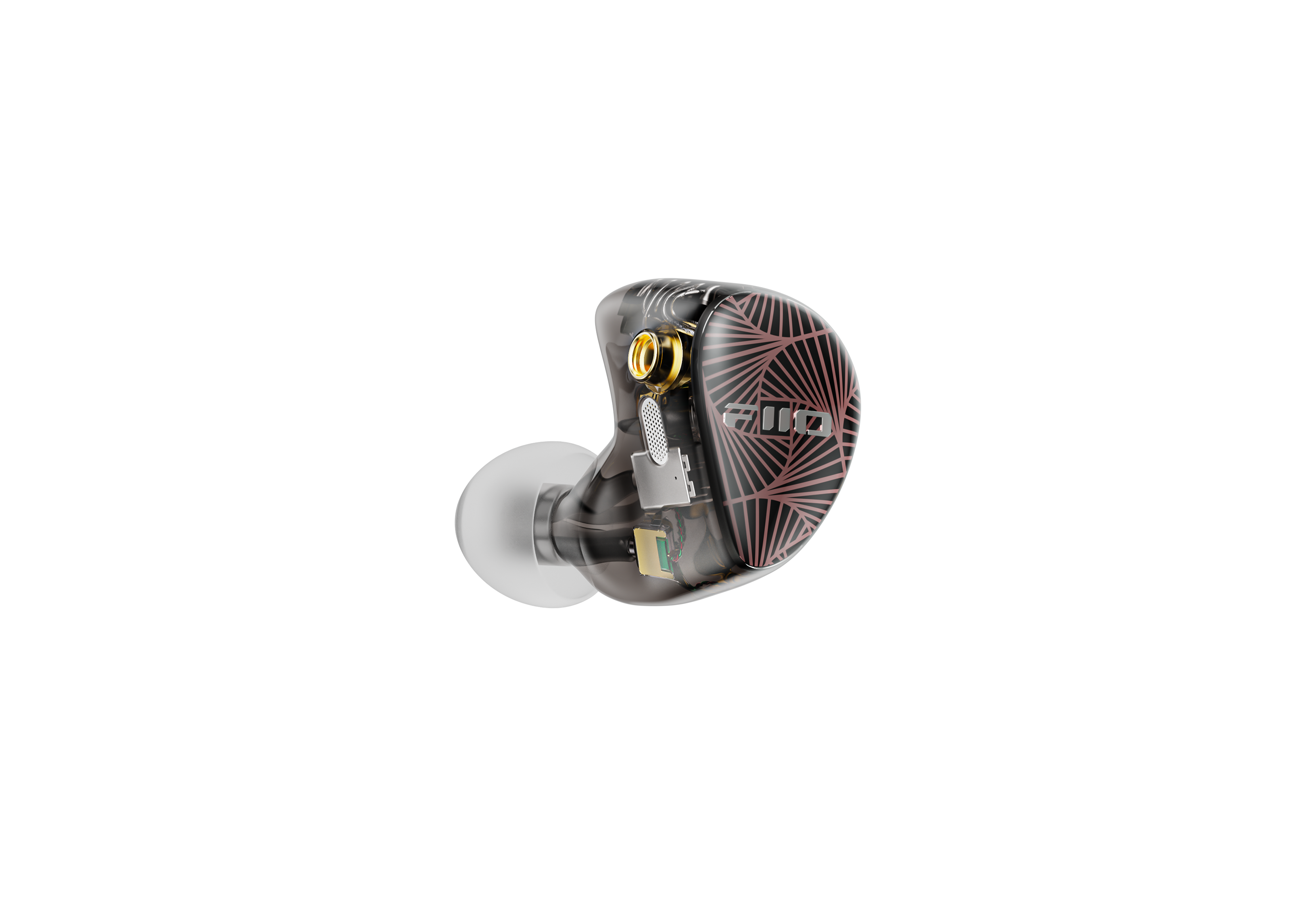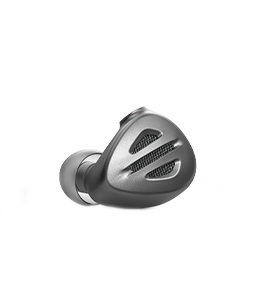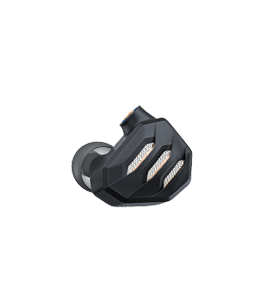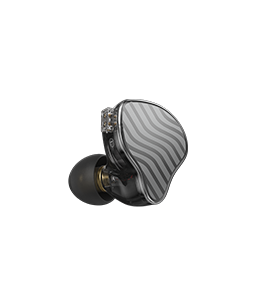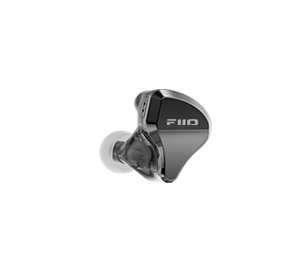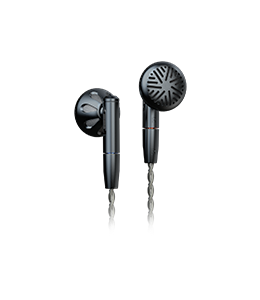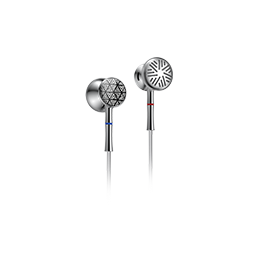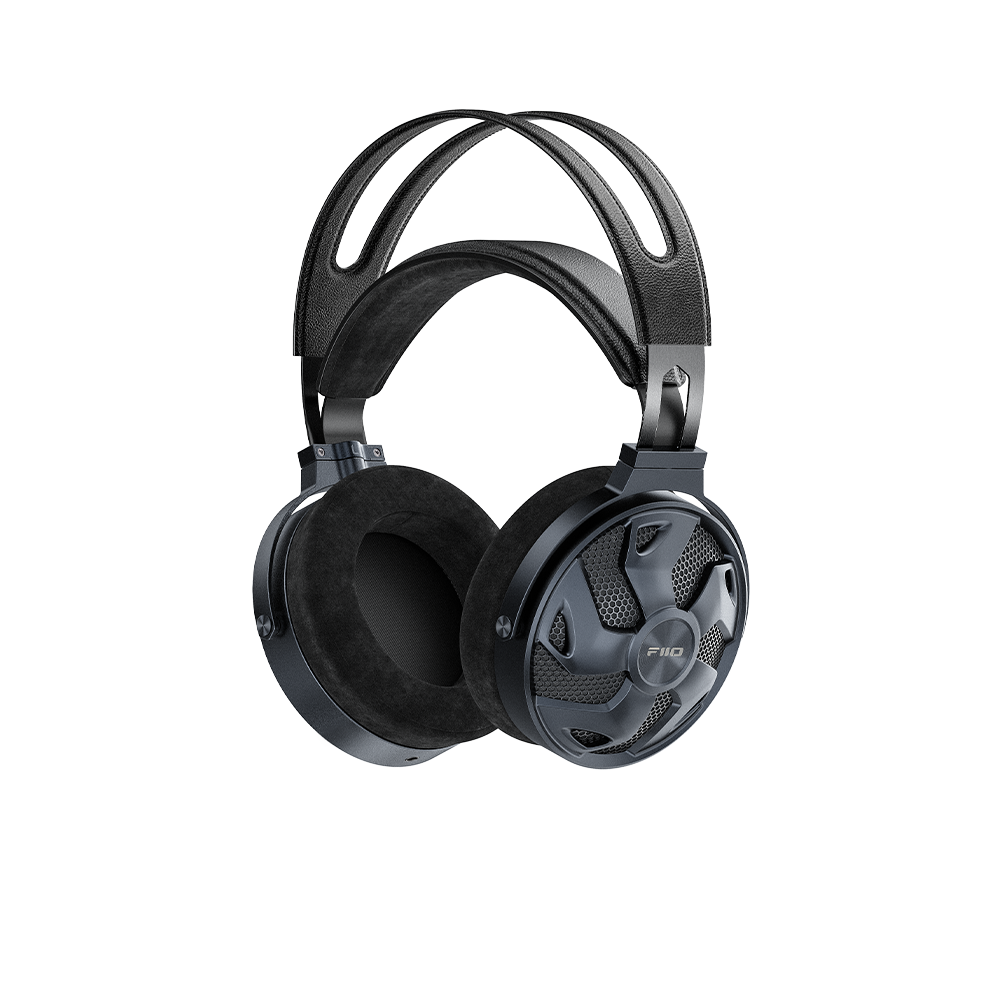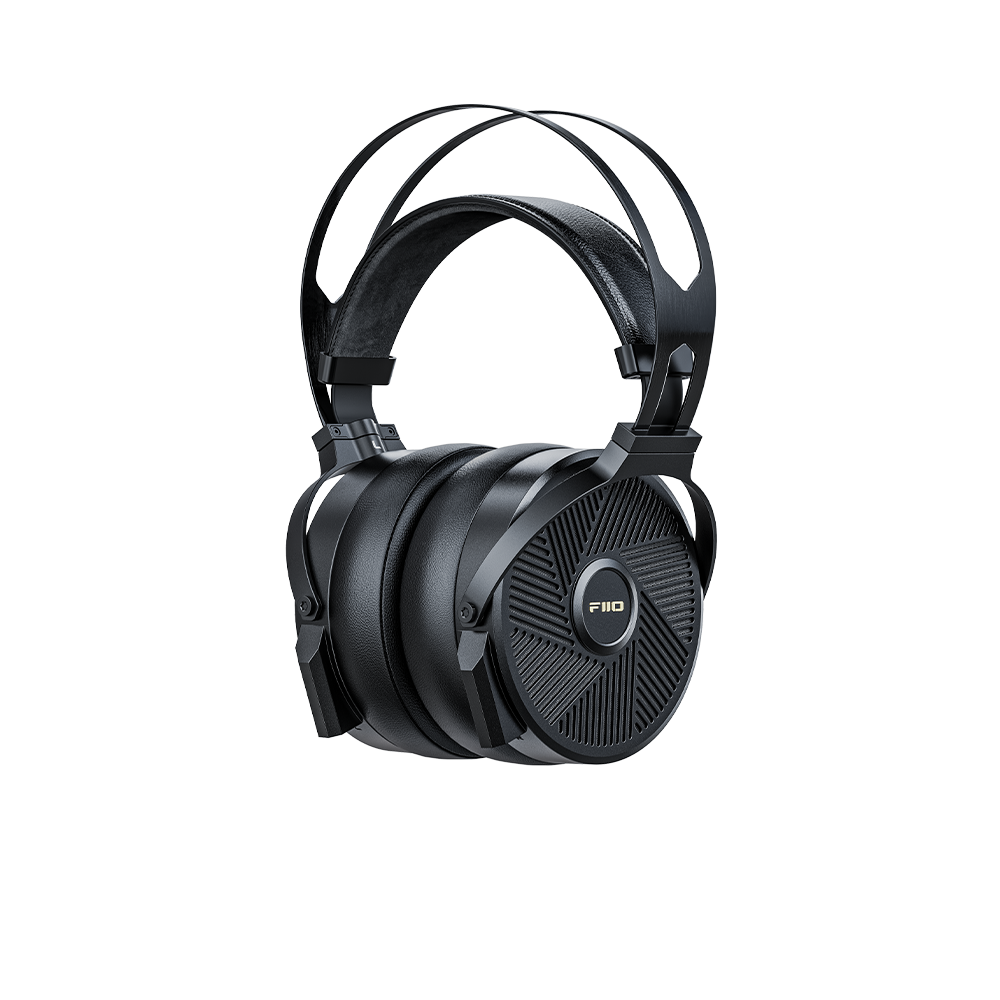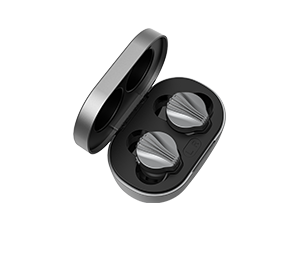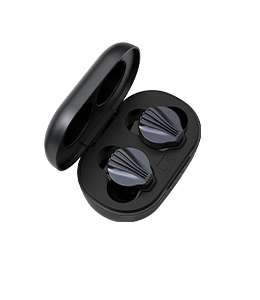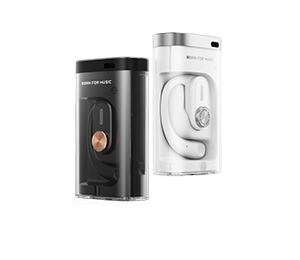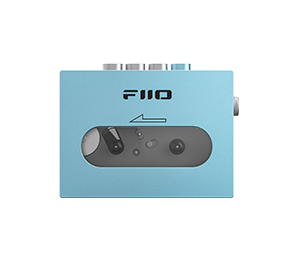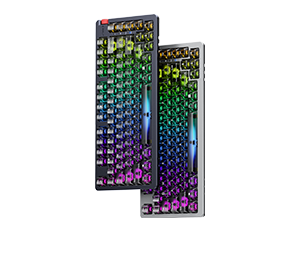FiiO K5 – The (Almost) Perfect Desktop Companion For Fiio DAPs/DACs
Author: Brooko
Review from: Head-Fi
→→ Read the original article on Head-Fi: >> Click here
To view images fill size (1200 x 800), simply click any image in the review
INTRODUCTION
For many newcomers to portable audio, especially in this community, Fiio has been a good choice for their portable audio players, and also their amps and DACs. They have a very good range of product from entry point through to top of the line. Many of their players also have their own DACs, and for a lot of users will also double as desktop equipment – for our laptops, PCs, etc.
But the issue with this has often been twofold:
Generally when we’re using home desktops set-ups, we’re also using full sized headphones, and sometimes we need a little more power than our portable devices can deliver
The lack of adequate and easy to use volume control (at our finger tips) can be frustrating
So what would be the ideal solution in this sort of situation? Perhaps a desktop dock which you can mate your existing player into, use the players interface or DAC, and the dock’s amplifier and other features. We’ve seen this before with Fiios original E9 and E7 pairing – but never like this.
Welcome to Fiios new desktop amplifier / dock – the K5. Or as Fiio likes to call it “an exclusive ride for Fiio players”.
In my time both owning and reviewing provided samples of many of Fiios products, I’ve often though how handy it would be to have a truly versatile docking system – and it has been something Fiio has been implementing quietly for a while now across their range (the use of the common 11 pin micro USB port). So let’s have a look at how the K5 interacts with Fiios Xi, X3ii, X5ii and X7 players – and why I also think it is a winner with the E17K DAC/amp.
ABOUT FIIO
By now, most Head-Fi members should know about the Fiio Electronics Company. If you don’t, here’s a very short summary.
Fiio was first founded in 2007. Their first offerings were some extremely low cost portable amplifiers – which were sometimes critiqued by some seasoned Head-Fiers as being low budget “toys”. But Fiio has spent a lot of time with the community here, and continued to listen to their potential buyers, adopt our ideas, and grow their product range. Today, their range includes DAPs, portable amps, portable dac/amps, desktop dac/amps, earphones, cables and other accessories.
Fiio’s products have followed a very simple formula since 2007 – affordable, stylish, well built, functional, measuring well, and most importantly sounding good.
DISCLAIMER
The K5 was provided to me gratis as a review sample. I have made it clear to Fiio that I still regard any product they send me as their sole property and available for return any time at their request. But I thank them for the ability to continue use of the K5 – both for follow up comparisons and also for my own personal use.
I have continued to use K5 for follow up reviews, and I recently inquired if I could purchase the device from FiiO. They have insisted I keep the K5 for my own use. So I acknowledge now that the K5 I have is supplied and gifted completely free of any charge or obligation. I thank FiiO for their generosity.
PREAMBLE - 'ABOUT ME'.
(This is to give any readers a baseline for interpreting the review).
FURTHER NOTES
Volume matching was done with a calibrated SPL meter and test tones (1 kHz) when required for comparison.
Other measurements were taken using a relatively cheap Startech USB soundcard, which I used primarily for recording THD on the headphone-out socket using loopback, as well as confirming the gain measurements. These measurements should be taken as an indication only, but at least show (in the case of the THD) that noise would be well below the threshold of audibility.
WHAT I WOULD LOOK FOR IN A DESKTOP DAC/AMP
I thought I’d list (before I start with the review) what I would look for in a desktop DAC/amp. This is useful to remember when looking at my reasoning for scoring later in the review.
Clean, neutral signature
Easy to use
Low output impedance – in case I want to use sensitive IEMs
Reasonable output power – should be able to drive both IEMs and my full sized headphones
Good gain control
Good input and output options
A variable line-out to connect my active speakers (and control from the device pot)
Easy installation of DAC drivers and
Value for money
CURRENT DESKTOP AND/OR PORTABLE AMP/DACs I HAVE AVAILABLE AND HAVE EXPERIENCE WITH
Desktop = Audio-gd NFB-12, Aune X1S, iFi Micro iDSD
Portable = Fiio X3ii, X5ii, X7, E17K, Q1
THE REVIEW
PACKAGING AND ACCESSORIES
The K5 arrived in Fiio’s retail box – a black retail carton measuring 150 x 195 x 60mm. The front had a picture of the K5 docked with the new X7, and the rear has specifications and other descriptive information in English and Chinese. The box is very smart – but some of the grey on black text is a little hard to read (better contrasting print colour would have been preferable).
 |  |
K5 retail box front | K5 retail box rear |
Opening the outer retail box reveals an inner box for accessories, and the K5 securely wrapped with a thin foam protective cover. The accessories include:
An AC power adaptor and cord
A USB data cable
Some rubber stick on feet
Small silicone spacer pads (for docking with smaller units such as X1 and E17K)
3.5 – 6.3mm adaptor
Warranty and user guide
 |  |  |
Inside the outer packaging | K5 and all accessoriers | The power cord and converter |
The accessories cover pretty much anything you would need, apart from rear interconnects or rear connector cables – but those are usually user preference anyway. The one cable missing which might have been handy would have been a USB mini to USB mini.
 |  |
USB cord | Other accessories |
TECHNICAL SPECIFICATIONS
The table below lists many of the relevant specifications for the K5.
| Output Impedance H/O | <1 ohm |
| Max Output Power @ 16 ohm | >1.7 W |
| Max Output Power @ 32 ohm | >1.5 W |
| Max Output Power @ 300 ohm | >150 mW |
| SNR | >110 dB (AUX IN) |
| THD+N | 0.002% (1 kHz 32 ohm) |
| Frequency Response | 20 Hz-20 kHz |
| Gain | 0 dB / 6 dB / 12 dB |
| Crosstalk | >70 dB (1 kHz) |
| Max Output Voltage | 20 Vp-p |
| Dimensions | 120 x 130 x 55mm |
| Outer Material | Titanium coloured brushed aluminium |
| Headphone Out | 6.3 mm |
| Weight | 450g |
| Power Supply | DC15V/1.5A |
For full specifications including detailed line-out and balanced out parameters, along with Fiio’s measurement graphs – follow this link
BUILD / DESIGN
The K5 is rectangular shaped with rounded edges over the face, and a flat – but slightly recessed front and back plate. The main body is titanium grey anodised aluminium with a nicely smoothed finish. The dimensions are pretty good for a small footprint amplifier (120x130x55mm).
 |  |  |
Front face of the K5 | Side view with dock tray up | Alternate side view |
The front face is flat but nicely recessed, while still giving easy access to the controls. The most noticeable feature on the front face is the volume pot which has a diameter of 4cm and doubles as an on and off switch as well as the volume control. When turned on, there is a deep blue LED which lights up around the volume knob – so you can easily tell if the unit is switched on. I personally don’t find it too bright or distracting – it is actually rather soothing really. The tracking is super smooth and very easy to adjust.
On the left hand are two toggle switches – one to switch between the dock or line-in being active, and the second is 3 stage gain switch (low, med, high). To the right of the volume pot is the 6.3mm headphone jack. It is reassuringly solid with a firm connection and feels very secure.
At the top of the unit is an ~ 67x 32mm hinged door, which when opened exposes the 11 pin micro USB dock. The dock successfully mates with Fiios X1, X3ii, X5ii and X7 DAPS, and also the E17K DAC/amp). I tried briefly to also mate the K1, Q1 and original X5 but none of these would fit. None of the DAPs or DACs will fit the dock with cases intact either. As mentioned in the accessories, Fiio has included some rubber spacers for Fiios thinner devices (X1 and E17K) but I’ve found they fit well without using them. The dock itself has some forward and back play, and although it feels a little flimsy, seems quite secure once the connection between K5 and device is made. Sometimes I’ve had to wiggle a little to get the connection to align and slide in – but so far I’ve had no issues with actually making the connection, and it has remained stable.
 |  |  |
Full rear panel | Balanced out and RCA port | Alternate dock input, USB-B connection and power input |
At the rear of the unit is the input and output ports, and from left to right include:
Dual 3.5mm balanced outputs
A pair of RCA line-outs
A pair of RCA line-ins
A micro-USB line-in
A standard USB-B digital input
A DC 15V power input
I’ll go into more detail on the inputs and outputs later in the review.
I also tried to get some internal shots of the K5, but it’s a testament to how well the K5 is put together that the photos below are as far as I got. There is a locking mechanism in front that I could have probably popped to remove the boards, but as the K5 is a loaner kindly supplied by Fiio, I didn’t want to push it. What I will say is that the fit and finish of the interior matched the exterior. The K5 internals are extremely tidy, and extremely well ordered – testament to the care that I’ve seen Fiio take with all of their products.
 |  |  |
Dock internals exposed | Close up of the caps on the man board | Internals from the rear - really tidy! |
For internal components, the K5 uses TI’s TPA6120A2 headphone amplifier chipset, which I researched and found that it is an AB amplifier architecture capable of delivering high bandwidth and power output with extremely low noise (up to 128 dB SNR and THD of 112.5 dB). Fiios specs show the entire circuit having 110 dB measured SNR and THD+N at less than 0.002% (1 kHz @ 32 ohm), so the K5 is a very quiet unit.
HEAT AND POWER
So far I’ve noticed no heat build-up at all with the K5. Even after several hours (driving my HD600s), it’s still cool to touch.
Fiio rates the target headphone impedance in their literature as being suitable for 16-300 ohm, and I can confirm that with my HD600, and utilising the E17K docked, and playing Amber Rubarth’s album “Sections from the 17th Ward” (which is an extremely well recorded binaural album which is normally quieter than my mainstream recordings), on medium gain with the pot at 12 o’clock I was consistently achieving an easy to listen to 70-75 dB range (measured with my SPL meter). Switching to some well recorded rock (Dire Straits), and pushing the gain to high, and the volume to max, the HD600 sounded like speakers (I wasn’t wearing them at this stage), and the SPL meter was showing 95-100 dB. Power? Yes – plenty of it.
Next I switched to the 600 ohm T1, and again a really good performance from the K1. The T1 sounded (subjectively) pretty well driven. Comparing side-by-side with the iDSD and using the X3ii for input into both units, there really isn’t much noticeable difference at all. The X5 might be marginally brighter – but we’re talking small margins here. And the T1 has about the same headroom as the Hd600. Again – impressive.
So the K5 has plenty of power – what about some finesse? For the next test I used the very sensitive (8 ohm, 102 dB sensitivity) DUNU DN2000J. Now I had the K5 on low gain and the pot at around 9am for a comfortable listening level. There was still enough play to go lower still, and no signs of channel imbalance.
Verdict – the K5 is extremely versatile and will power a wide range of headphones and/or IEMs.
DOCK USAGE
As I said earlier, I was able to test the K5 dock with a variety of Fiio DAPs and also the E17K. There are some pretty nice things they’ve integrated. First up, if the DAC is enabled, the device will immediately enter DAC mode, the sample and bit-rate will show on the device screen. It’s pretty seamless really. The issue you will have though (if you have multiple Fiio devices all using the TUSB DAC driver) is that the latest version of the driver uninstalls the old one – so for now it is impossible to have the X7 exist as DAC alongside the X3ii or X5ii. It’s all a bit messy. The good news is that the devices like the E17K use the windows default DAC driver, so it will still work OK. I’m not sure how many people will have multiple Fiio DAPs, and I’d bet that most would use only one device as DAC – but it is something to note anyway.
In USB storage mode, the X3ii and X5ii automatically connect to the PC if both they and the K5 are powered. They are automatically also charged (this happens whether the K5 is on or not). The X7 in USB mode asks on screen if you want to connect the USB (when it is docked)
 |  |
X1 on the dock an recognised | Integration is great with the device recognising it is docked |
If the device (X3ii and X5ii) is docked and the K5 is off (but still connected to the PC), you still get access to the drives. Turning the K5 on brings a message on the device screen telling you the device is docked,
Finally – if you turn the K5 off while the device is still docked, the device recognises this, and will power down automatically within 10 seconds unless you touch an input button to stop it. The actual integration with the dock is pretty slick.
 |  |
Connected to PC and hard drives available | On power down from K5, device will automatically turn off. |
And the last thing you can do with the dock is simply use the device as a player, sending an analogue signal to the amp. This makes it ideal as a small room or bedroom unit – where you don’t have need for use as a DAC. This also brings the X1 into play with the K5 – as a player and amp only.
INPUTS & OUTPUTS
In the rear of the device are 3 inputs – the main USB input, the pair of RCA inputs, and the micro-USB “dock-in”. The USB in is straight forward – connects to your PC, and allows interaction between the dock and the computer. The RCA inputs allow a line-in analogue signal into the amp, and I successfully used this with all of my other DAPs (L5 Pro, L&P5, X5 original) using a 3.5mm to dual RCA plug. They worked successfully, and were very good in displaying how neutral and clean the K5’s amplification stage is.
The micro-USB “dock-in” is a bit puzzling though. Fiio suggests it as an alternative way to connect the exact same devices that the dock uses (E17K, X1, X3ii, X5ii, X7) and the bit that has me stumped is why it is there at all. Logic would say you would use the dock. Unfortunately Fiio doesn’t supply a cable, and there is no cable supplied in the Fiio device accessories either. I have a couple of micro to micro USB cables, but while I could get power, I could get no audio – so the pin-outs are obviously different. I guess it could be a good back-up if the dock ever breaks – but aside from that, and lacking a cable – it is a little pointless (to me anyway).
For outputs, there is a pair of balanced-outs (3.5mm), and I’m sorry I was unable to test these. Then there is the RCA rear outputs – which are handy if you want to connect another amp, but unfortunately being fixed, they are useless for my primary use as speaker outputs to a pair of active monitors – which have no volume controls. I hate using windows mixer to control the volume, and the idea of having the pot control the volume on the speakers would be perfect. My iDSD does it and so does the NFB-12 (you can switch between fixed or variable on both). The K5 (like the Aune X1S) only has fixed, therefore for me personally could never become my main amp for desktop use. And that is a real pity because it is practically perfect in every other sense.
HEADPHONE OUT & GAIN
I mentioned the gain earlier, and Fiio’s stated 0dB / +6dB / +12dB specification is spot-on (measured using loopback). Like I said with the E17K, it’s pleasing to see a decent top end gain utilised which makes it quite practical. Gain does exactly what it says – simply raising the volume by a set amount. And the K5 has a suitably black background that raising the gain does not seem to be noticeably raising the noise floor until at very high volumes. To check this, I used my wife’s super sensitive hearing (she can hear a cat walking on carpet from 10 meters away!). I used the DN2000J again, set gain to low, and pushed the volume up until hiss was present – this was almost at the end of the pot (at least 80-90%). On medium gain hiss was present at around 50% of the pot. On high gain it occurred at around 25-30%. All of this was with no music playing, and utilising the extremely sensitive 8 ohm DN2000J. The reality is that if you’re using IEMs (and most won’t be with the K5), then on low gain you’ll have no issues, and you’d blow your brains out with volume before any hiss started.
 |  |
Gain measurement | THD from the headphone out |
With higher impedance headphones – it simply won’t be an issue. As a final test I also took the THD measurement for the Headphone out at - 3 dB on medium gain with a 1 kHz signal. THD was actually much lower than Fiios stated % measurement, coming in at below 0.02%, and the total harmonic distortion + noise at below 0.07%. THD came in at .018% and THD +N .069% - so it was clearly measuring the limits of my external sound card (cheap little thing it is) - still below the level of human audibility no matter which measurement you use.
SONIC PERFORMANCE & PAIRINGS
I think I stated earlier that the K5 is essentially neutral – to me it is the way an amp should be – a window to the source. However I know people will want to read about individual pairings, so here is my very subjective take on the K5’s performance.
In the comparisons I used 4 tracks to get a feel for overall performance:
Dire “Straits Sultans of Swing” for detail and overall tonality
Amber Rubarth’s “Tundra” for soundstage and imaging
Amy Winehouse’s “You Know I’m No Good” for bass performance
Pearl Jam’s “Elderly Woman Behind The Counter In a Small Town” for vocal performance and tonality
I used IEMs for the X1 comparison – due to power limitations, and the HD600 for everything else. To compare apples with apples, I used the player mode – with K5 as amp, and also volume matched everything with an SPL meter. Comparisons were sighted.
K5 + X1 vs X1 (using q-Jays)
To be fair, this is the test that subjectively I saw no improvement on at all. The q-Jays don’t need the extra amping (despite being 50 ohm / 103 dB). On every test I ran the sonic qualities were to all intents and purposes identical – and this for me is a good things. It shows the neutrality of the K5. The big benefit continues to be the ability to charge while docked, the access to the storage, and of course (when playing) the analogue volume pot’s ease of use.
 |  |  |
X1 with K5 | X3ii with K5 | X5ii with K5 - ready to go in DAC mode |





